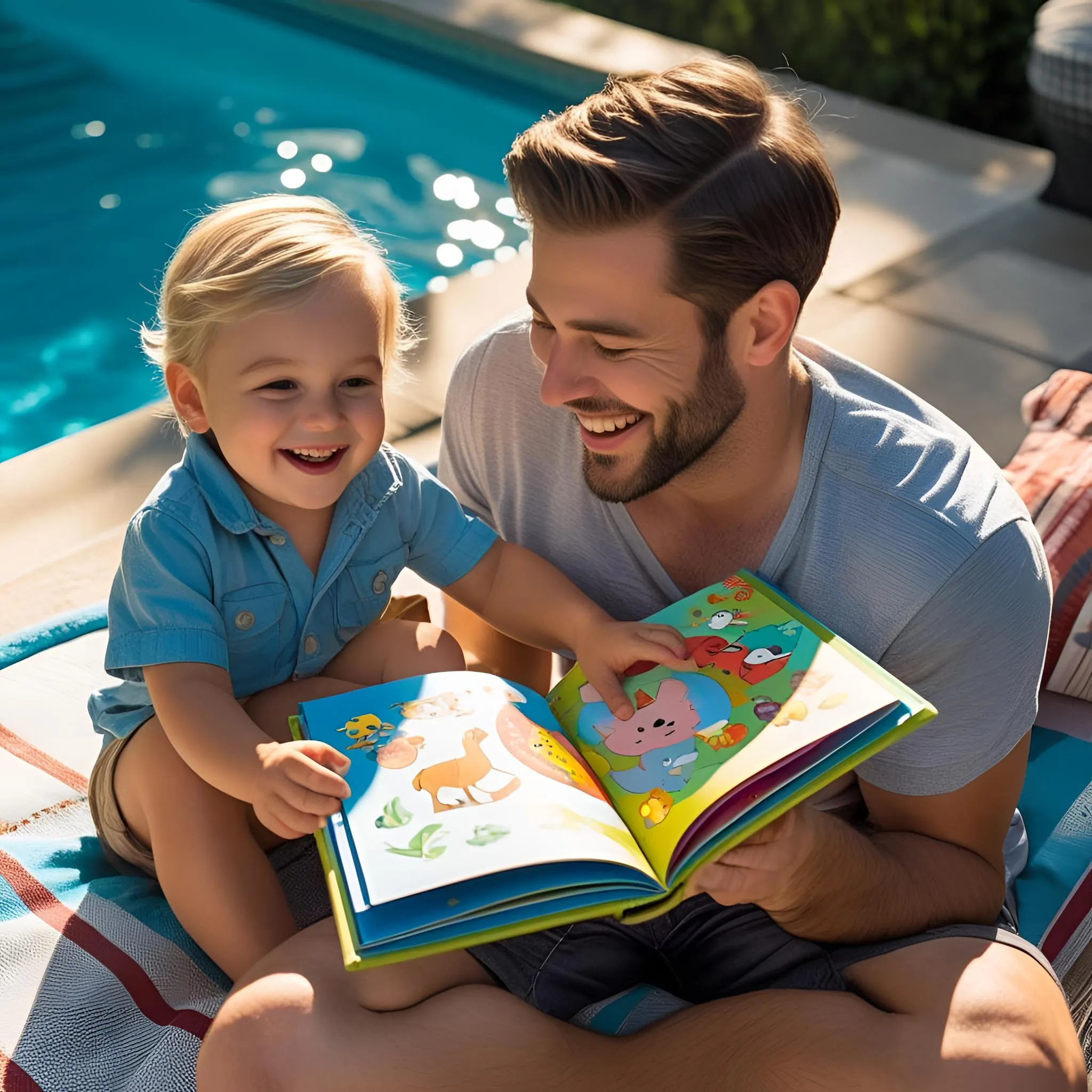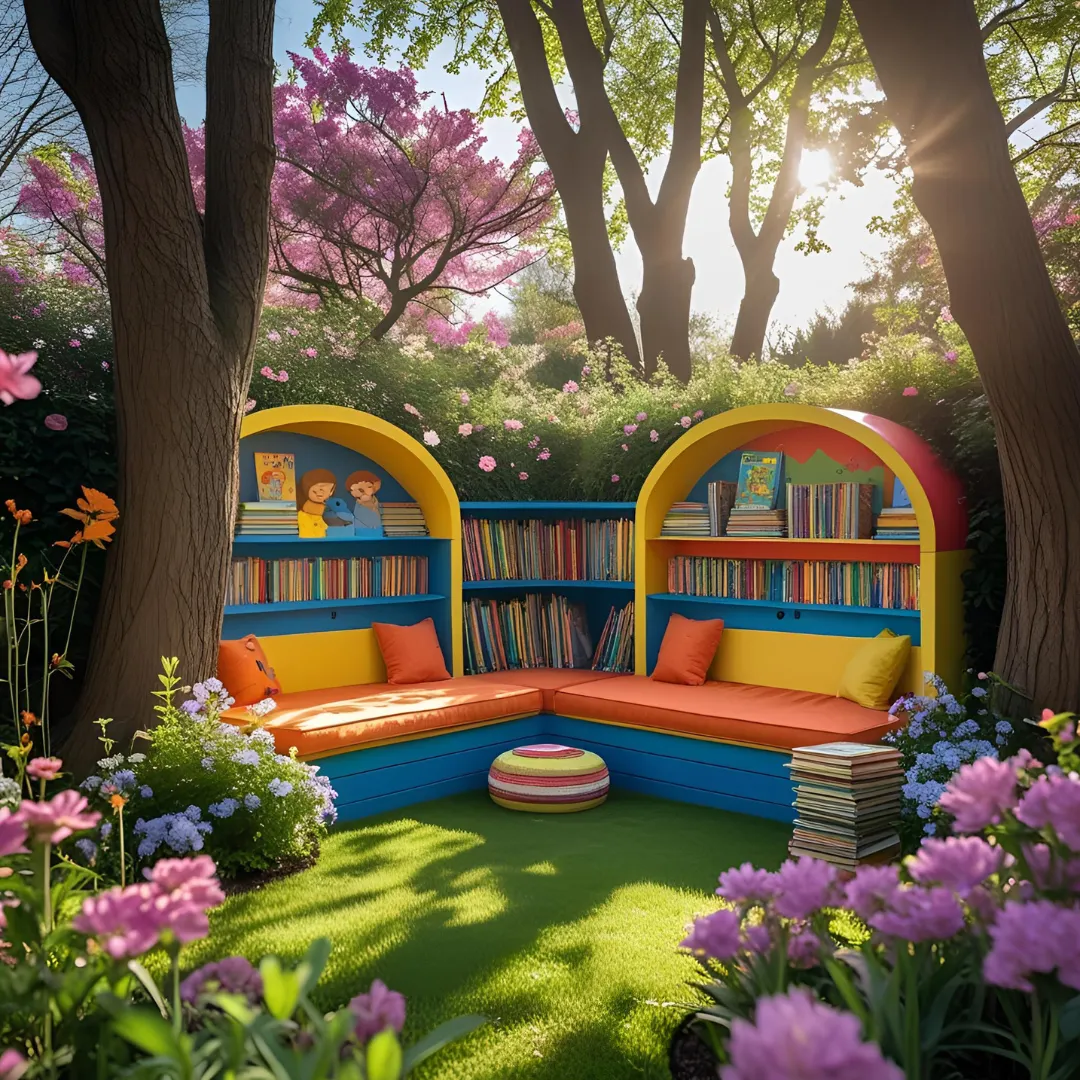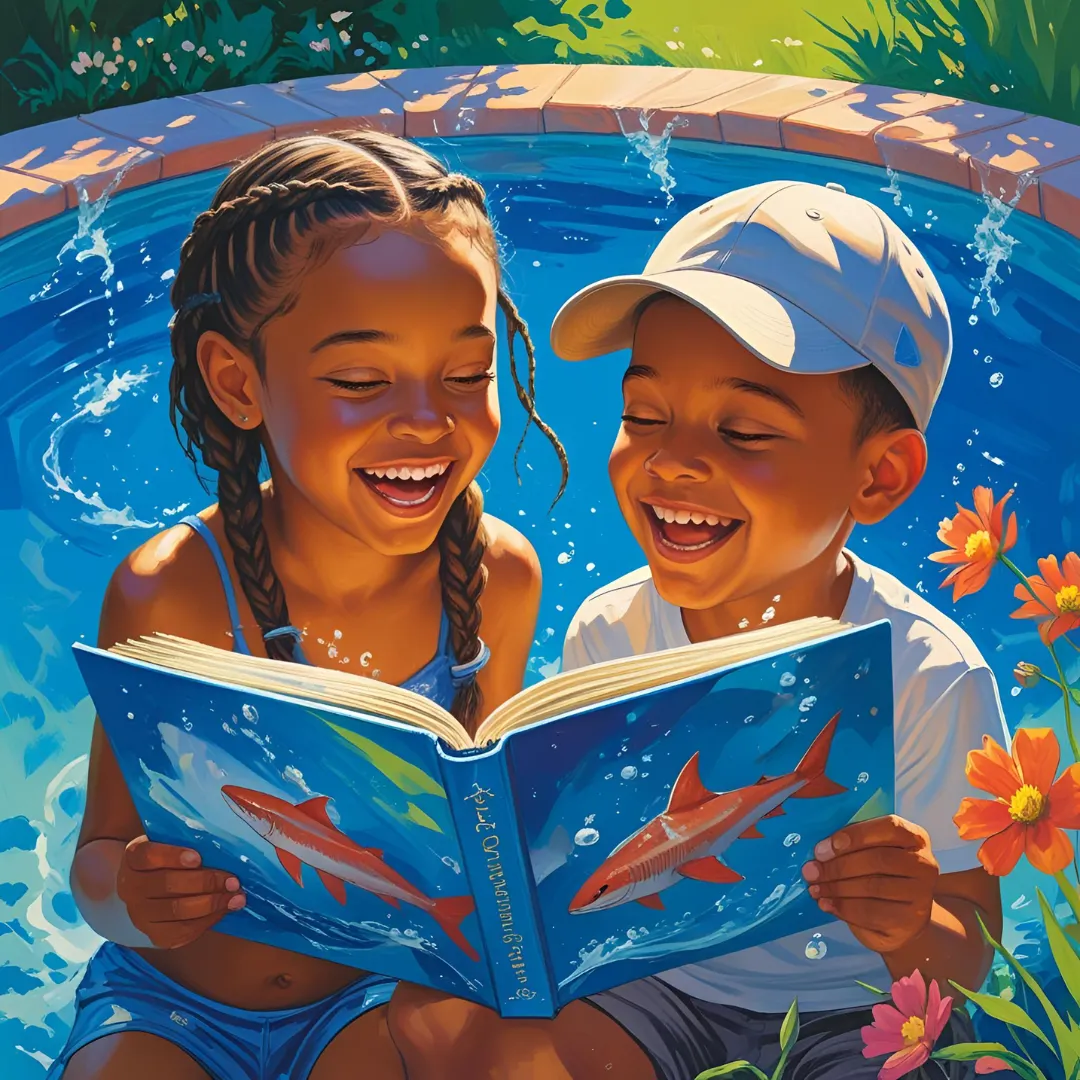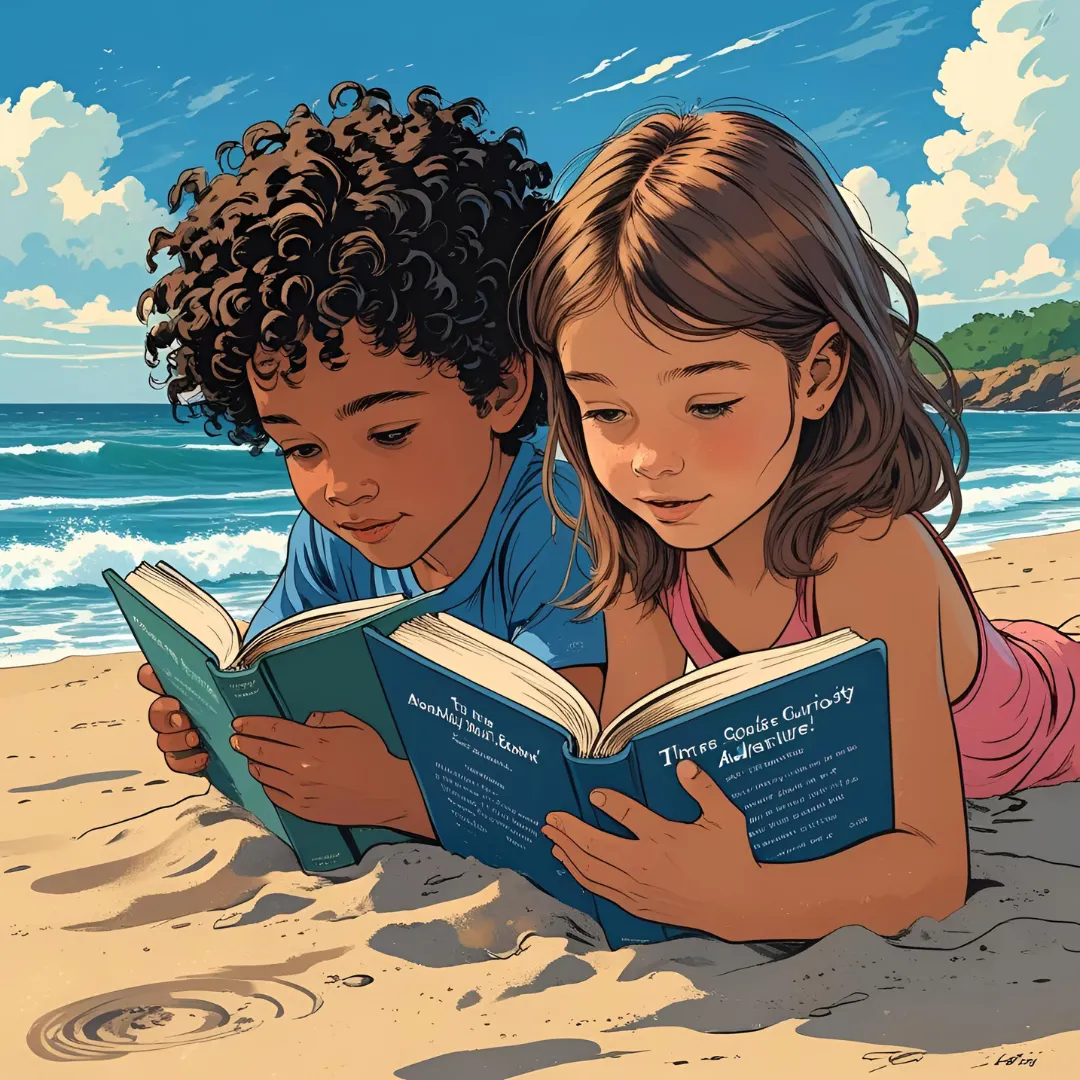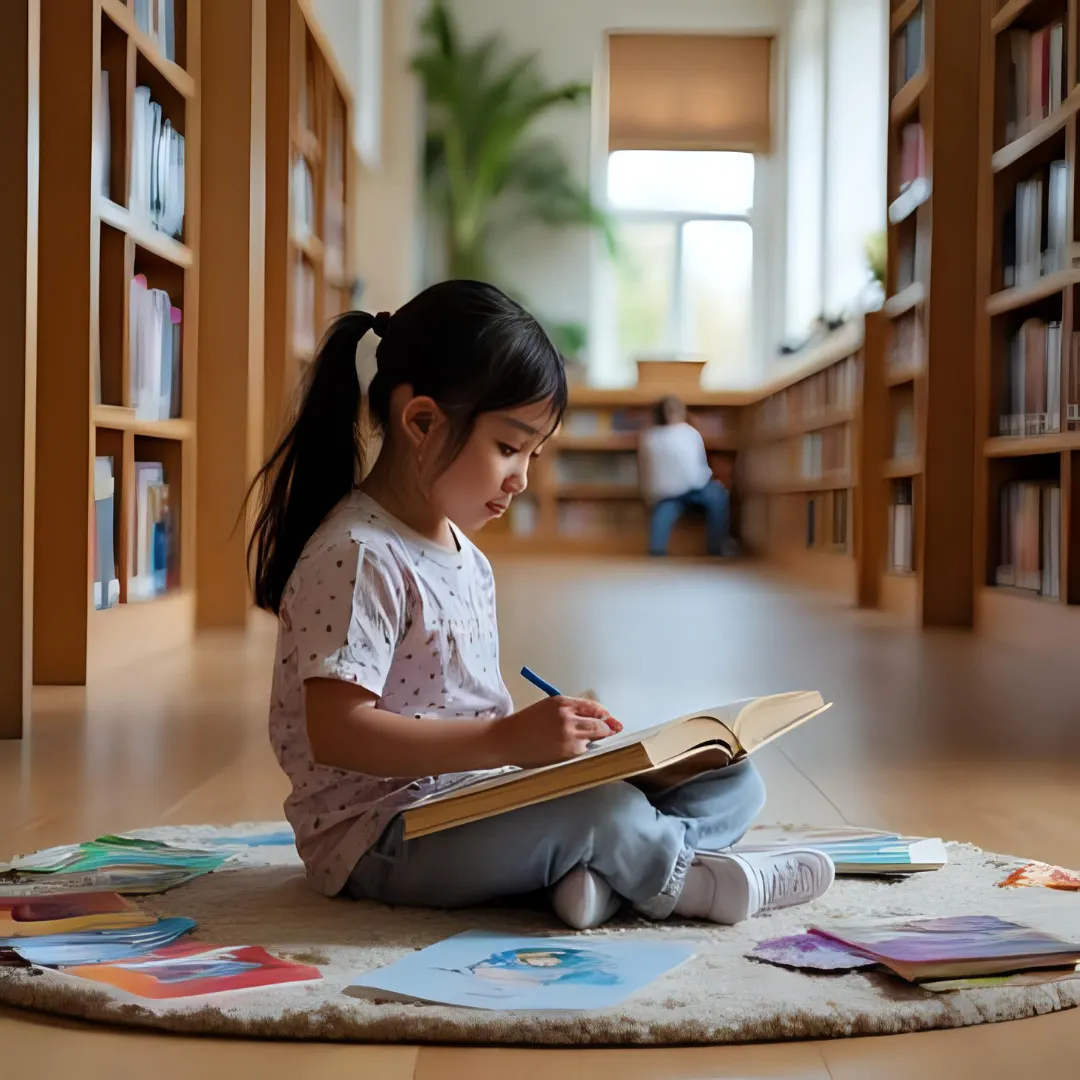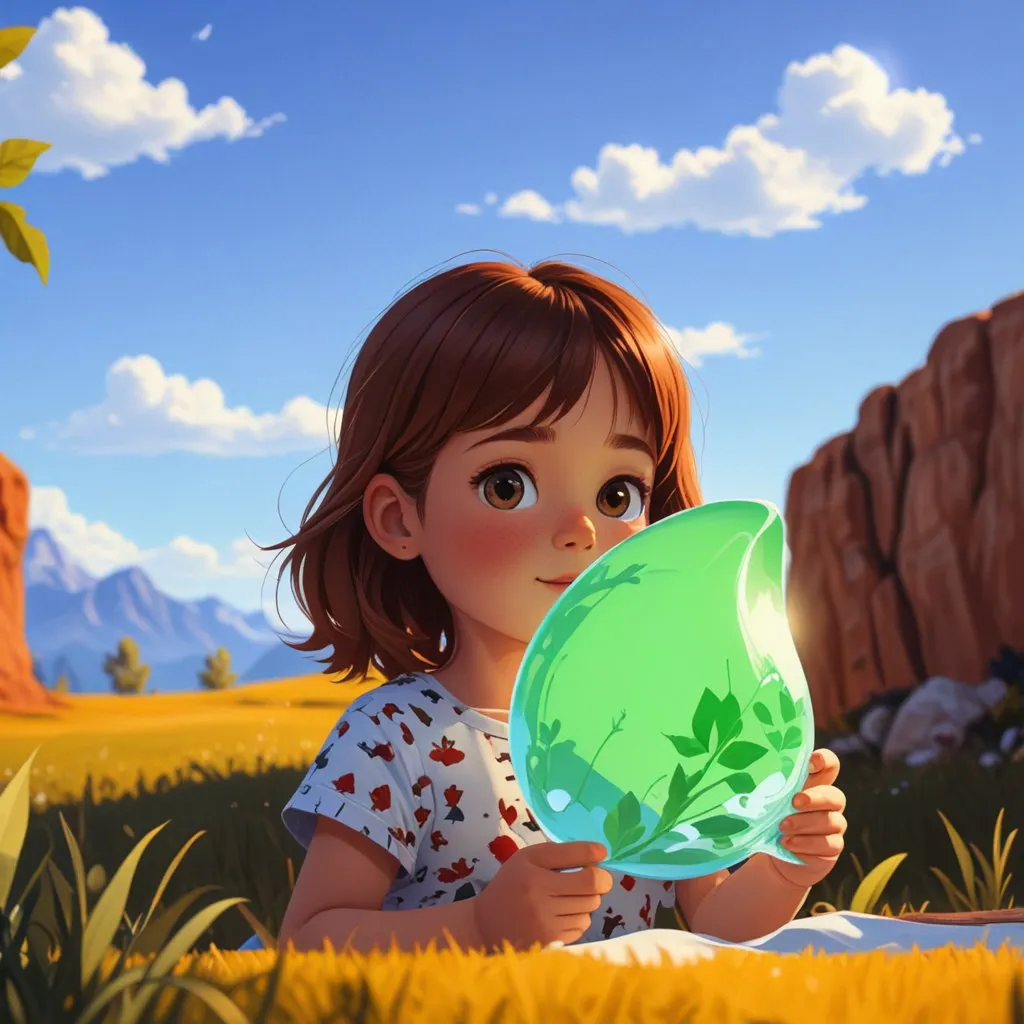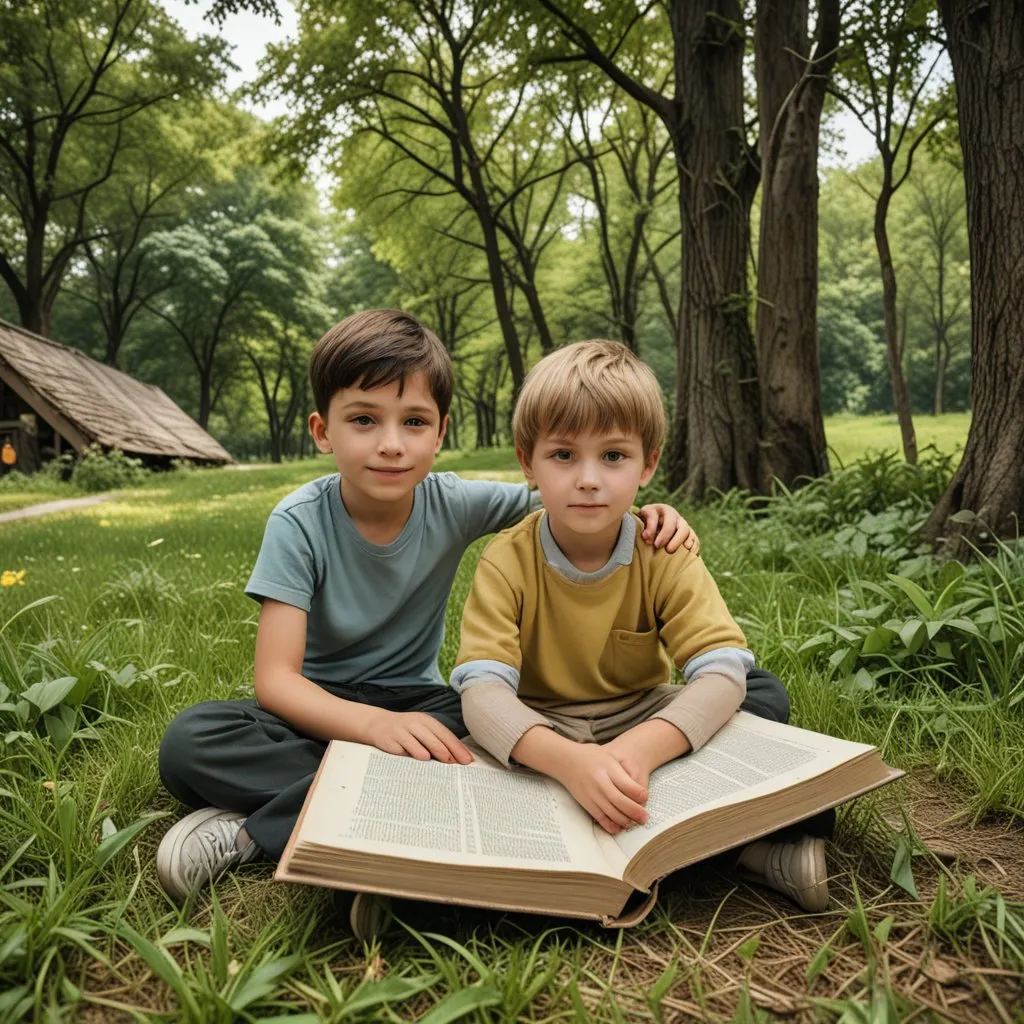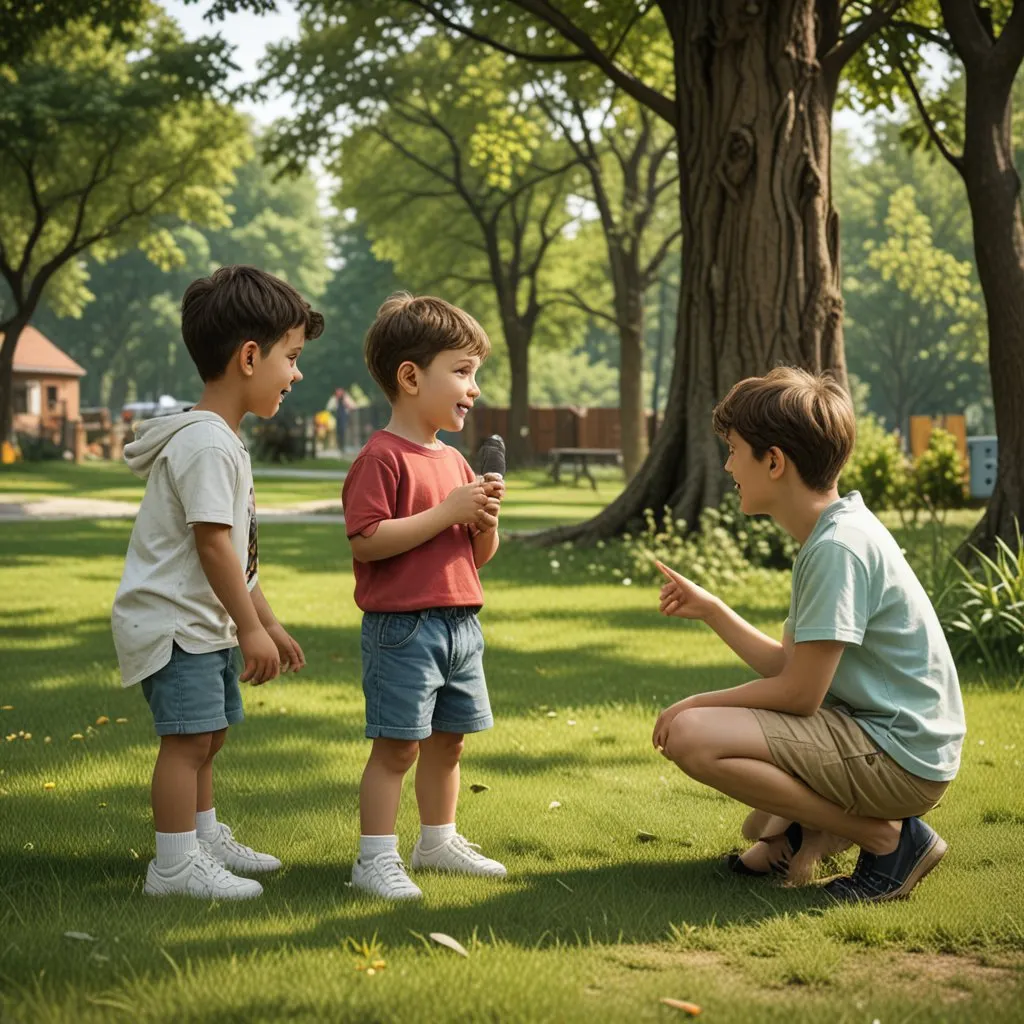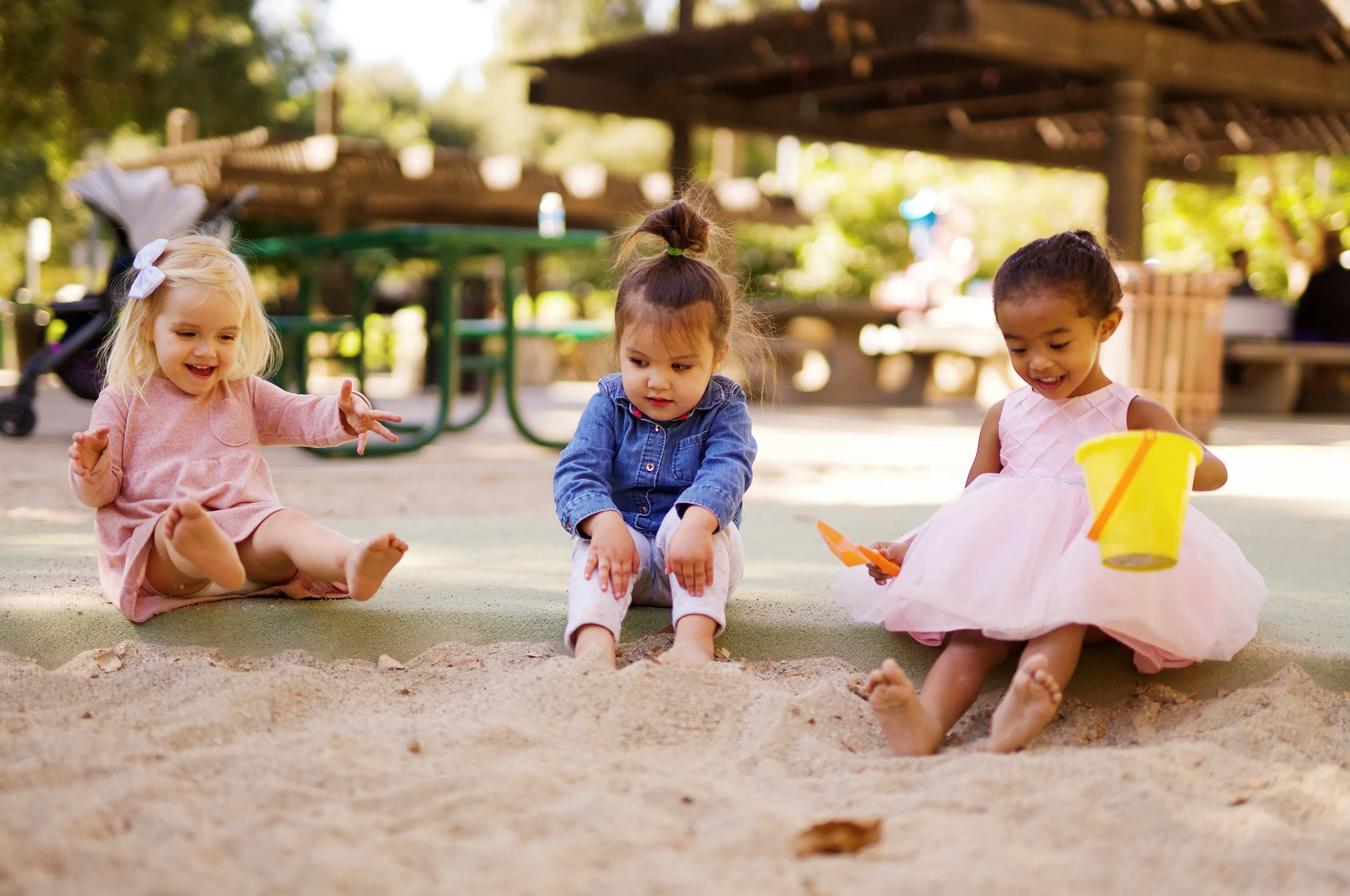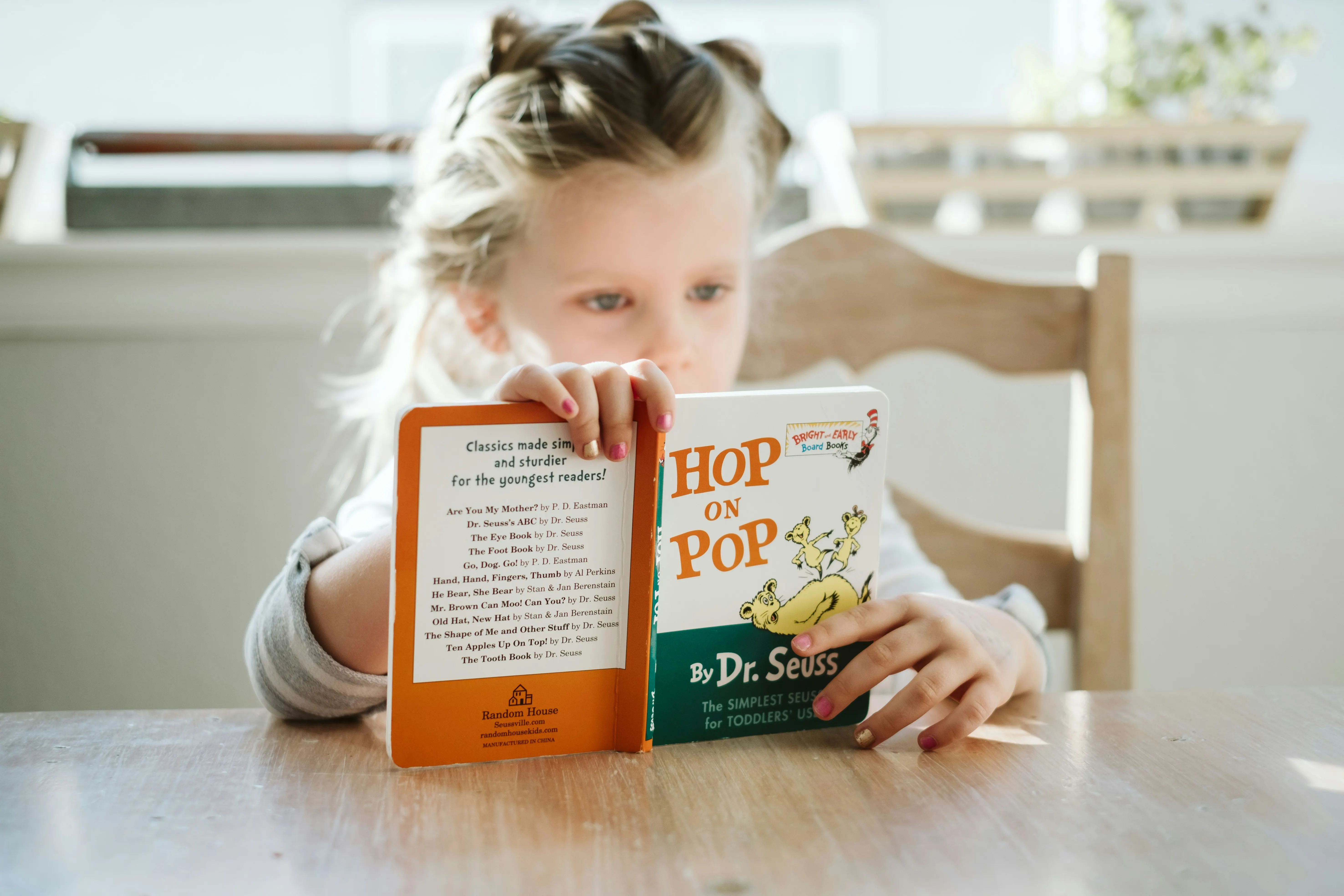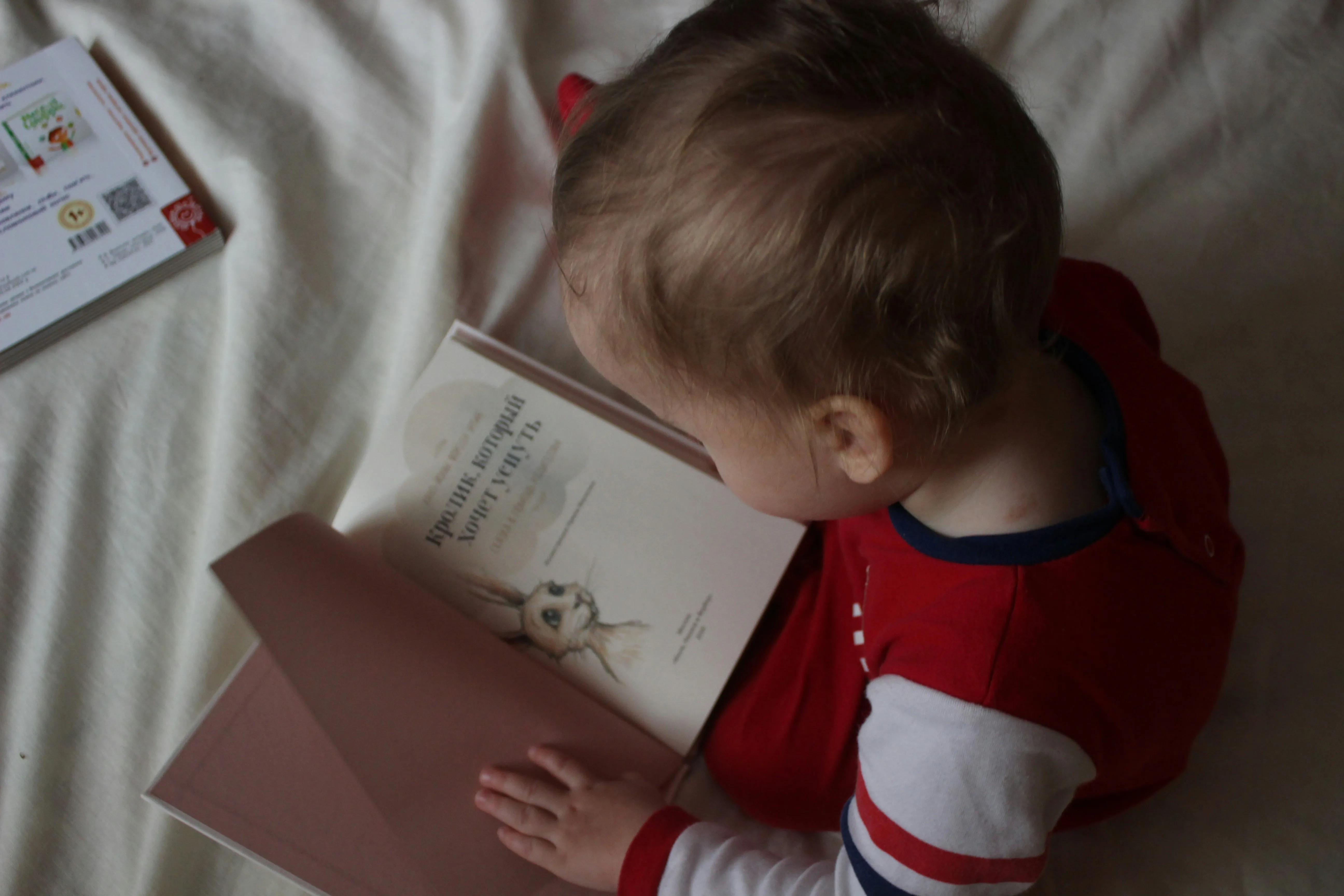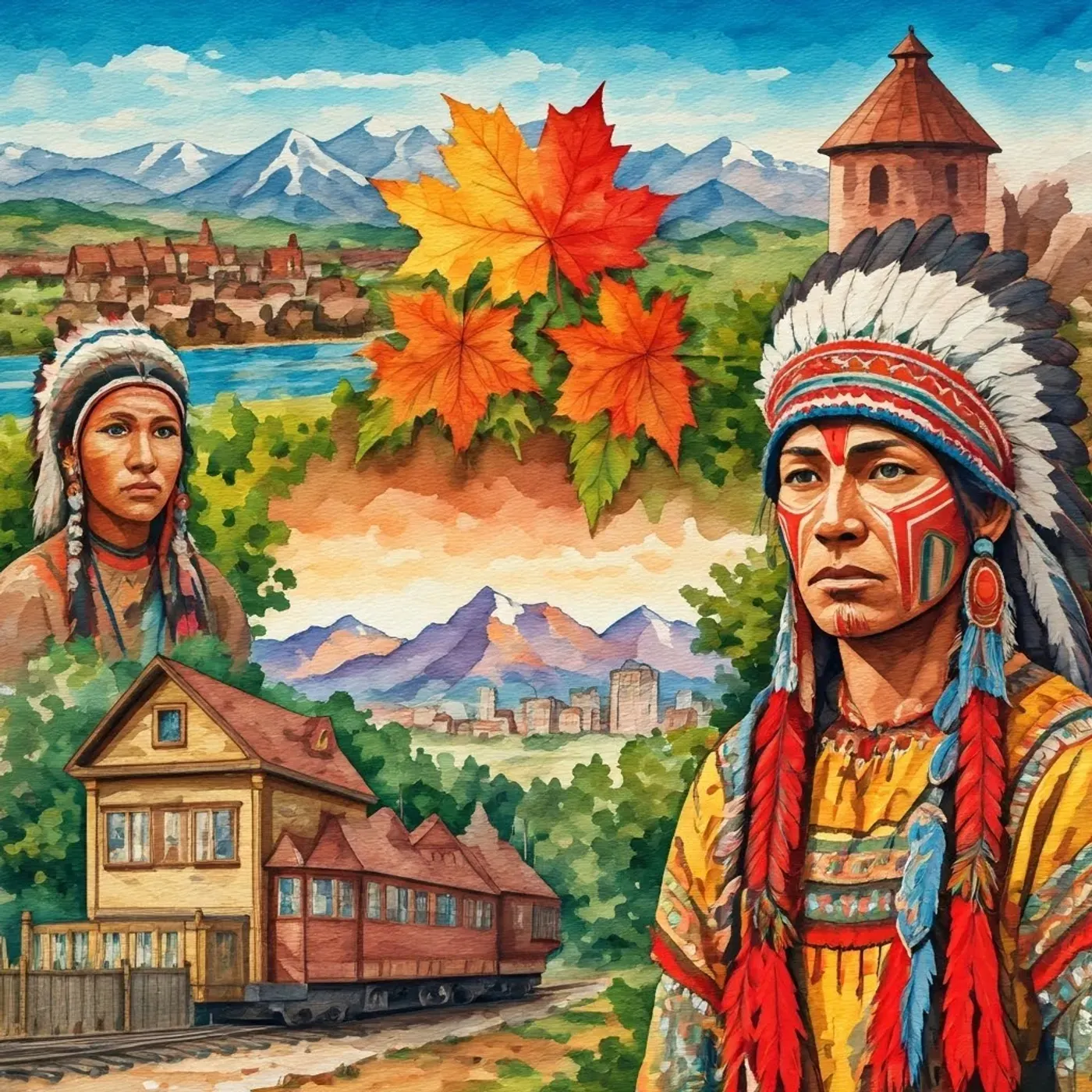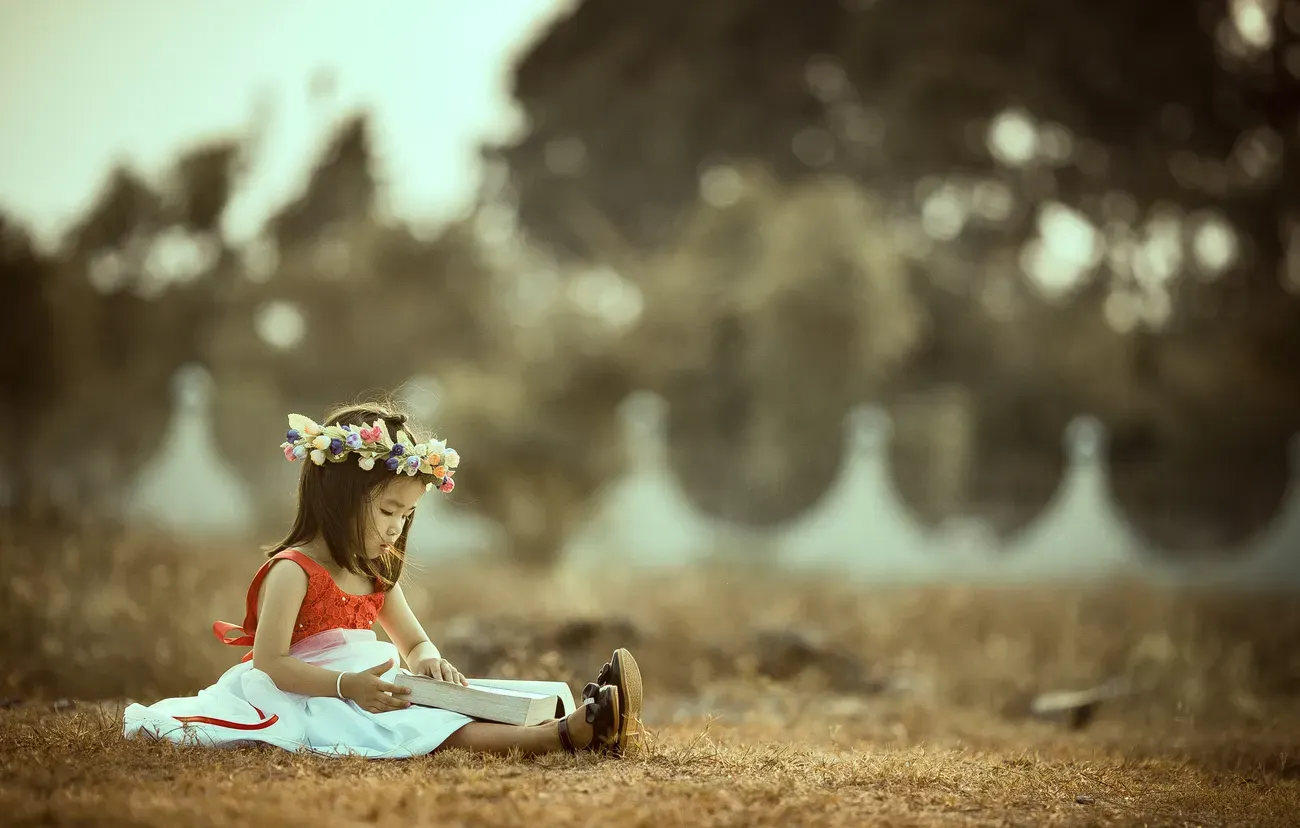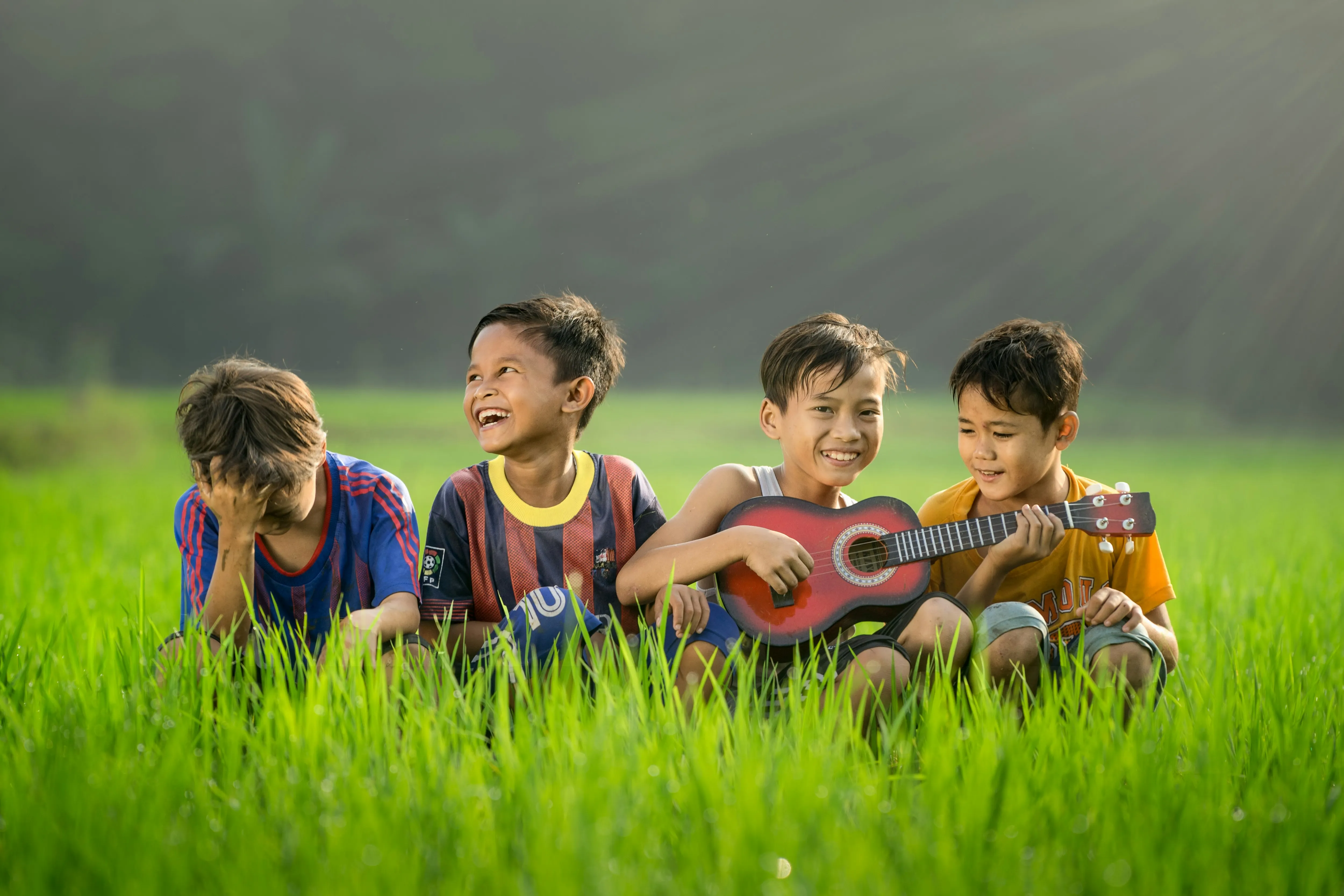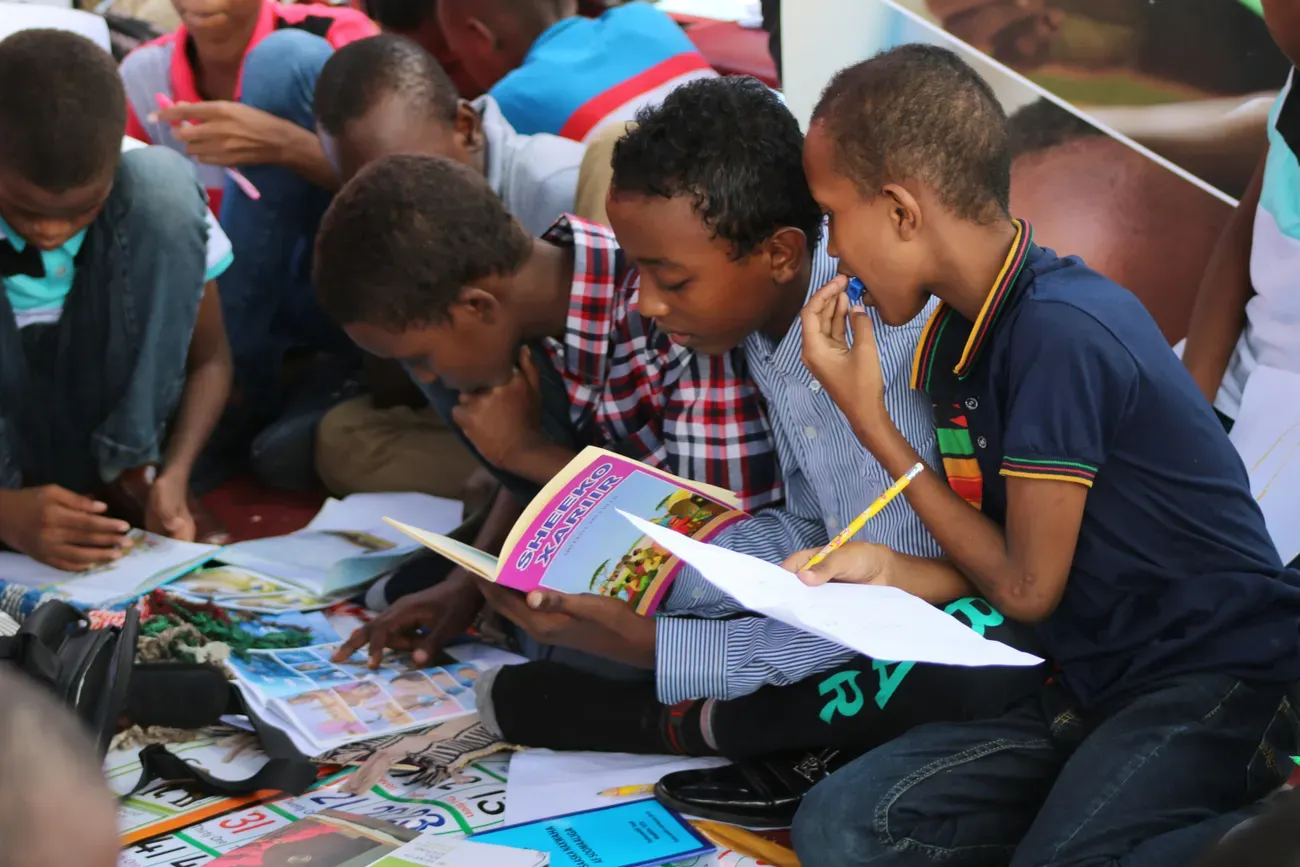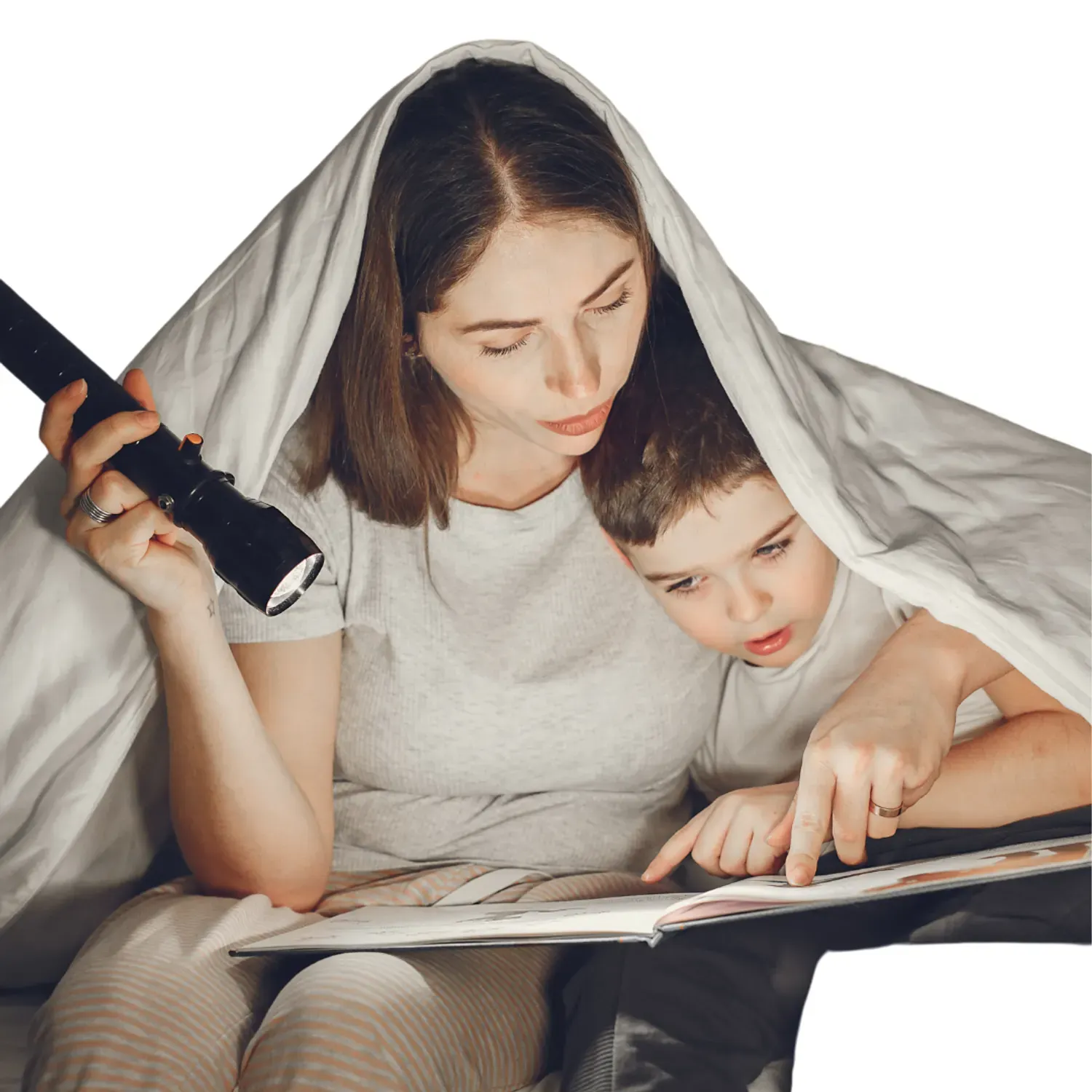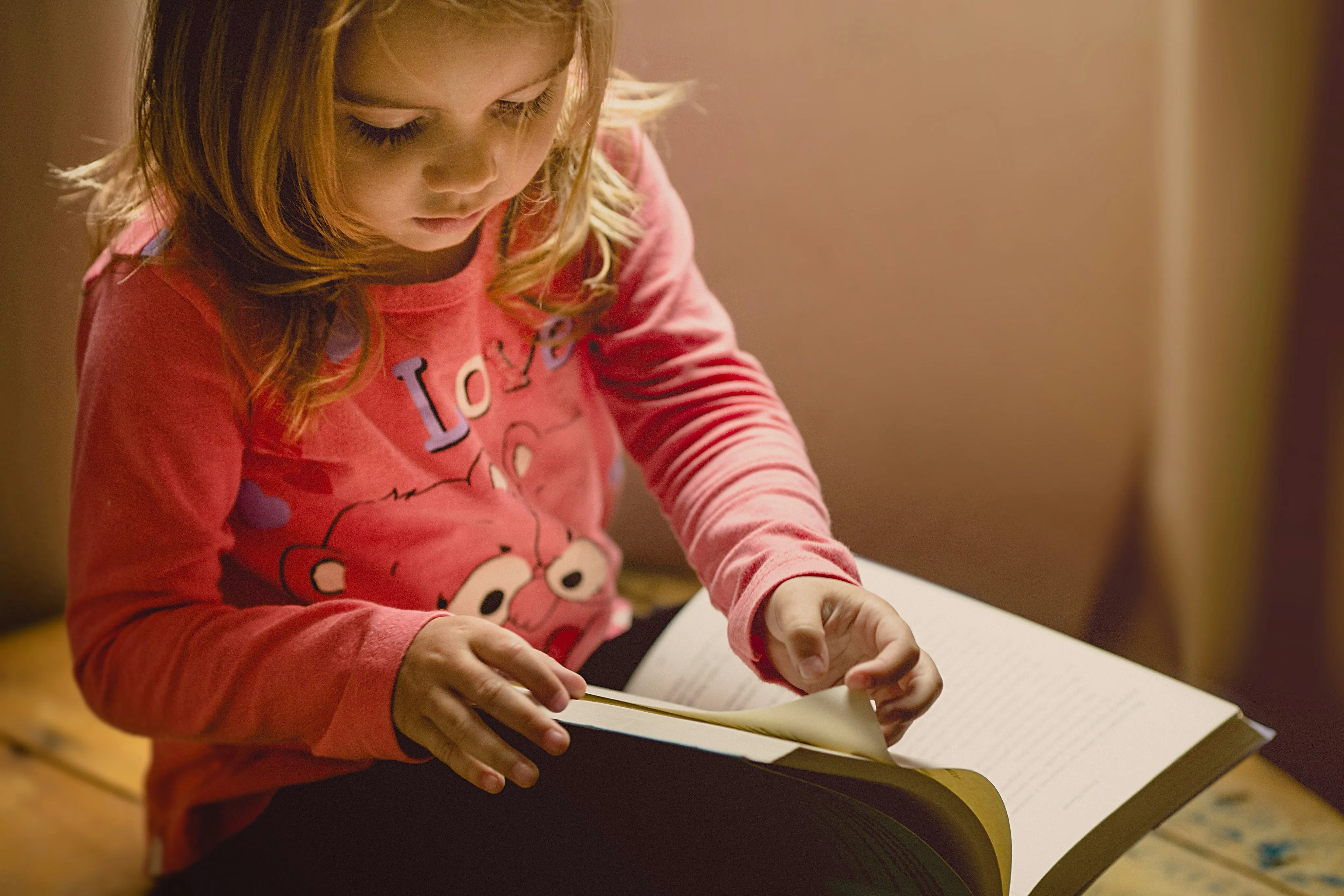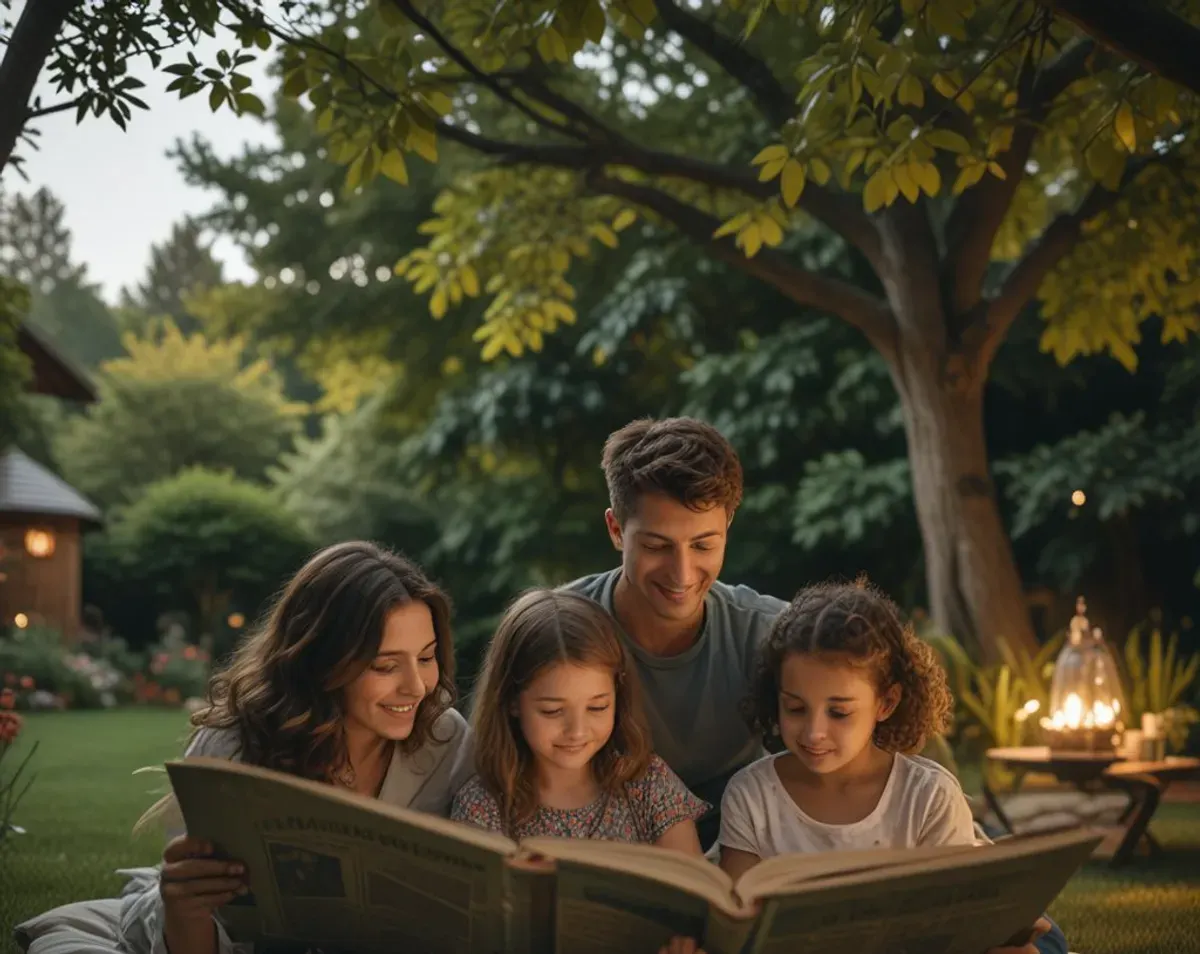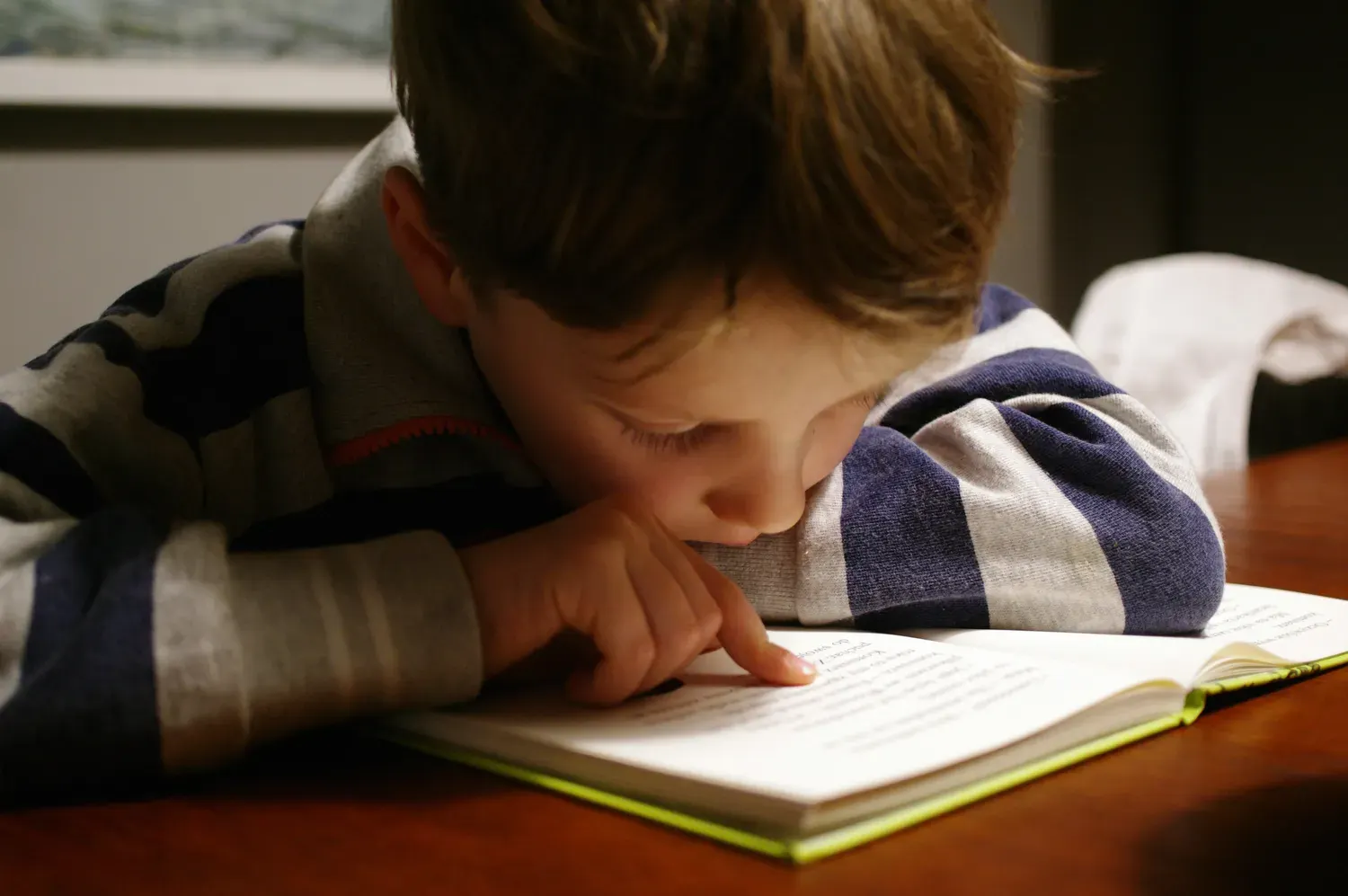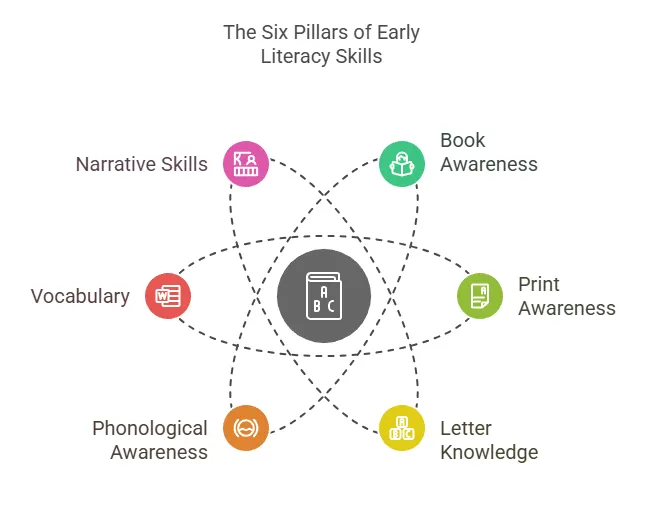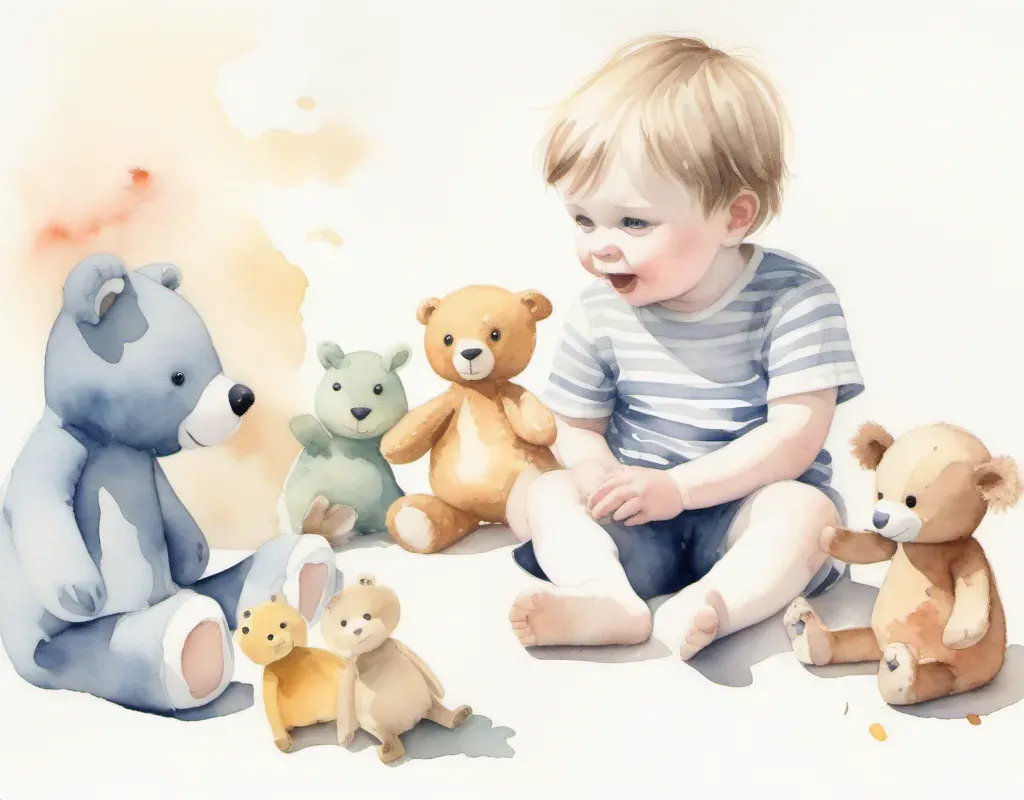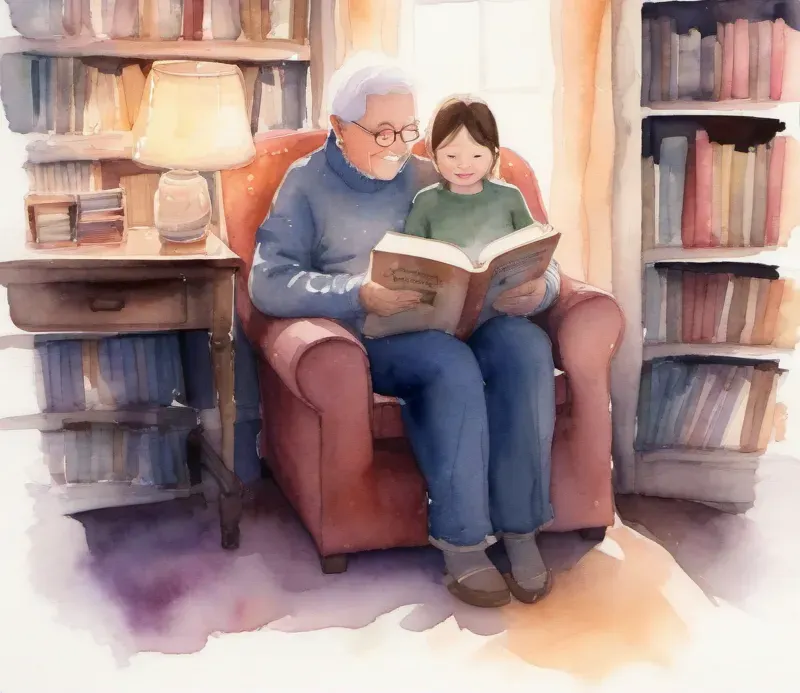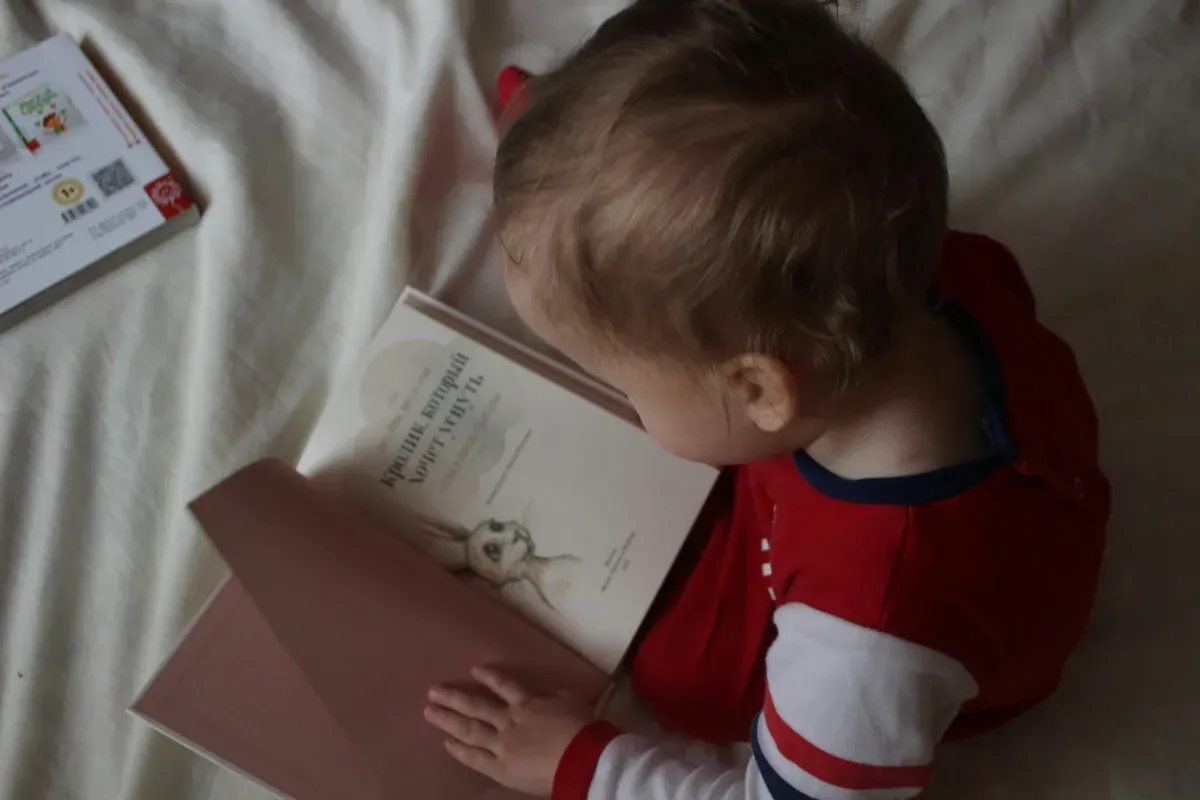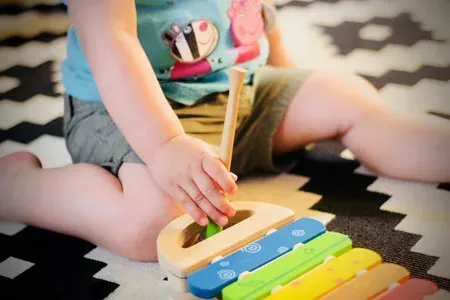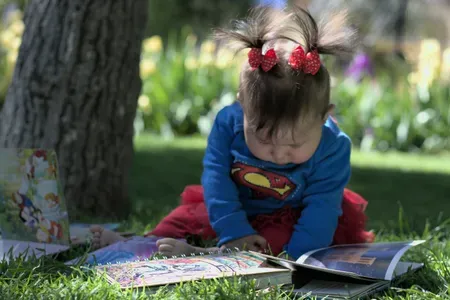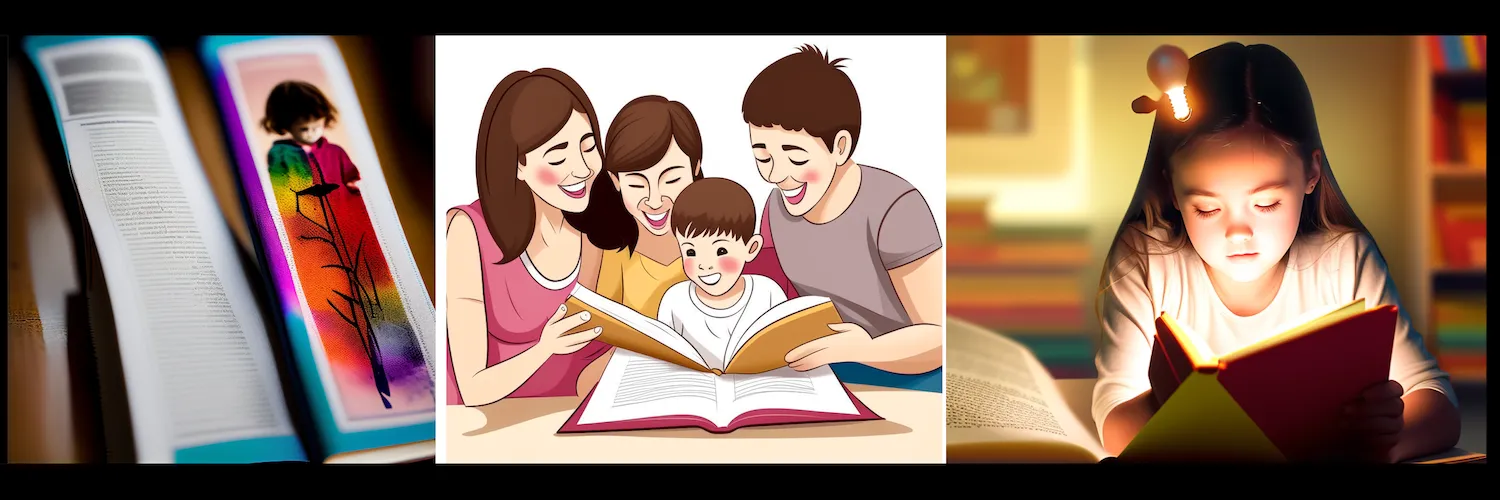Nature’s Story Time: Enchanting Tales Beneath the Trees
Tales in the Treetops: A Magical Nature Story Hour

Key Highlights
- Experience the wonders of "seasonal storytime" in April with enchanting tales under a canopy of trees led by a knowledgeable librarian.
- Combine the magic of storytelling with nature's serene beauty for an unforgettable outdoor educational adventure.
- Engage children with activities like creating hands-on nature crafts and participating in guided discovery walks.
- Discover storytelling techniques that utilize the environment, such as "green grass" and "the little turtle," to captivate young audiences.
- Discover how to select the ideal outdoor venue, such as your local park in full bloom.
- Discover the value of storytelling in nurturing a child’s connection with the natural world.
Introduction
Imagine you and your kids at the local park. The air smells of green grass. Children sit close and listen to a story about a small turtle who goes on a big trip. Outdoor storytelling mixes books with the beauty of nature. It makes a special time for kids and parents to be together. Being outside can help the children grow their love for the world, open new ideas, and ask more questions. Move away from screens and enjoy the wonder that the great outdoors offers. Take part in these fun moments with your kids under the trees.
Enchanting Tales: Setting the Scene

The scene of telling stories outside is special. Children sit on bright mats under trees with lots of shade. The world outside makes every story feel different. Birds sing, leaves move in the wind, and you can smell flowers in the air. All of this helps bring the story to life.
When stories are told outside, it lets children feel part of the story. They are not just hearing it, they are living it. Each time, their minds grow with new ideas. It also helps them feel closer to nature all around them.
The Magic of Stories and Nature Combined
Blending storytelling with nature makes a timeless experience for children. When you have a seasonal storytime in April, it feels even more special. The air might be cool, and you can see flowers blooming. These little things make the story feel more real. The sounds, smells, and sights in nature help every story come to life.
A good librarian knows how to use these signs from the season to get kids more interested in the story. It could be a story about animals or the way nature moves. Every part of the story goes well with what you see and feel outside. When the wind moves the leaves, kids can imagine a forest talking just like in the story.
The sounds from outside match what they hear in the book, and everyone pays close attention.
With these moments, kids start to feel the story and link their feelings to what is going on around them in nature. This helps them be more creative and also learn to care about the world. Seasonal storytime is not just fun. It helps everyone get more curious about the world and makes them want to enjoy what is out there, not just what is in the pages of a book.

Choosing the Perfect Outdoor Setting
Finding the best place outdoors is key when you want to tell a story in nature. Think about a local park or a trail in the woods. These places are full of life and give kids lots of chances to interact with what’s around them while the story goes on.
When you add little touches like scarves or other props, like Daniel’s story circle used before, you can turn a simple spot into a great place for telling stories. A bright and inviting setting gets everyone interested, even before the story begins.
You should also think about things like shade, how close the bathrooms are, and if families can get there easily. A spot that has these things can make the whole time better and help the setting go along with the story. Picking the right local park or area inspires the kids and makes it easy to tell stories that use nature.
Engaging Activities for Children
Outdoor storytelling is not just about telling stories. It lets kids have a real adventure by getting their hands involved. Things like making crafts, as well as going on walks in nature, help them take part in the fun. You can help them paint crafts based on what they see outside. You can send them out to look for cool leaves or other things during scavenger hunts.
These simple but fun activities help kids feel more connected to what they hear in the story and where they are. These extras turn the story time into something much bigger that speaks to curious and creative kids. Whether they do crafts or explore, the kids do not just listen—they get to be part of the story itself.
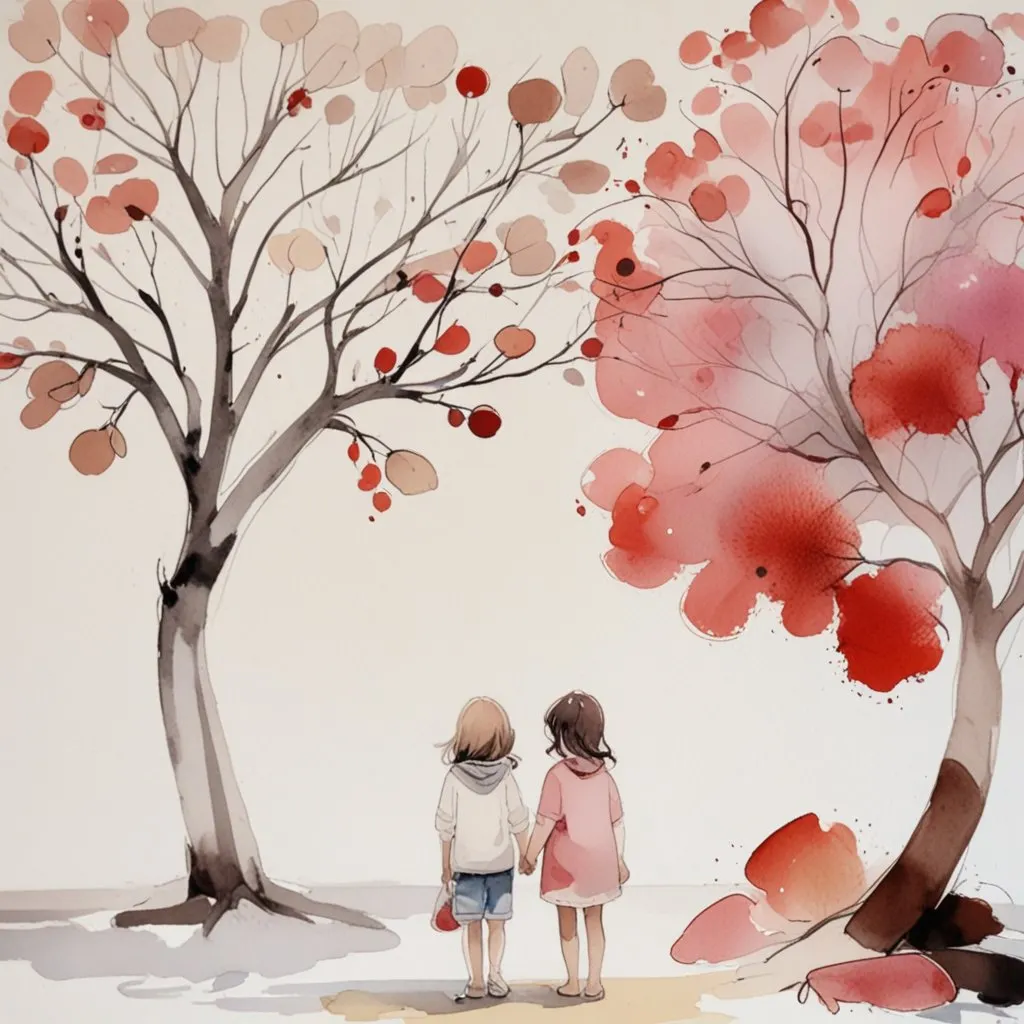
Hands-on Nature Crafts
Hands-on crafts make stories feel real. To start, use craft activities that fit each day’s theme. You can make these fun and full of learning. This is a good way for every child to use their creativity. It also helps them feel close to nature.
Here are a few ideas for craft workshops:
- Design bookmarks with leaves that have a forest look.
- Put together small rhymes using wooden boards to match a story.
- Make "my little turtle" trinkets by using clay or things you have at home.
- Paint a green grass scene that fits the story’s setting.
- Collect some flowers and sort them for fun sensory tasks done after registration.
Craft sessions help children be more involved. These fun activities give them good memories to take home. When you let kids create things with their hands, they mix the love for stories with sights and smells from nature. That can stay with them for a long time.
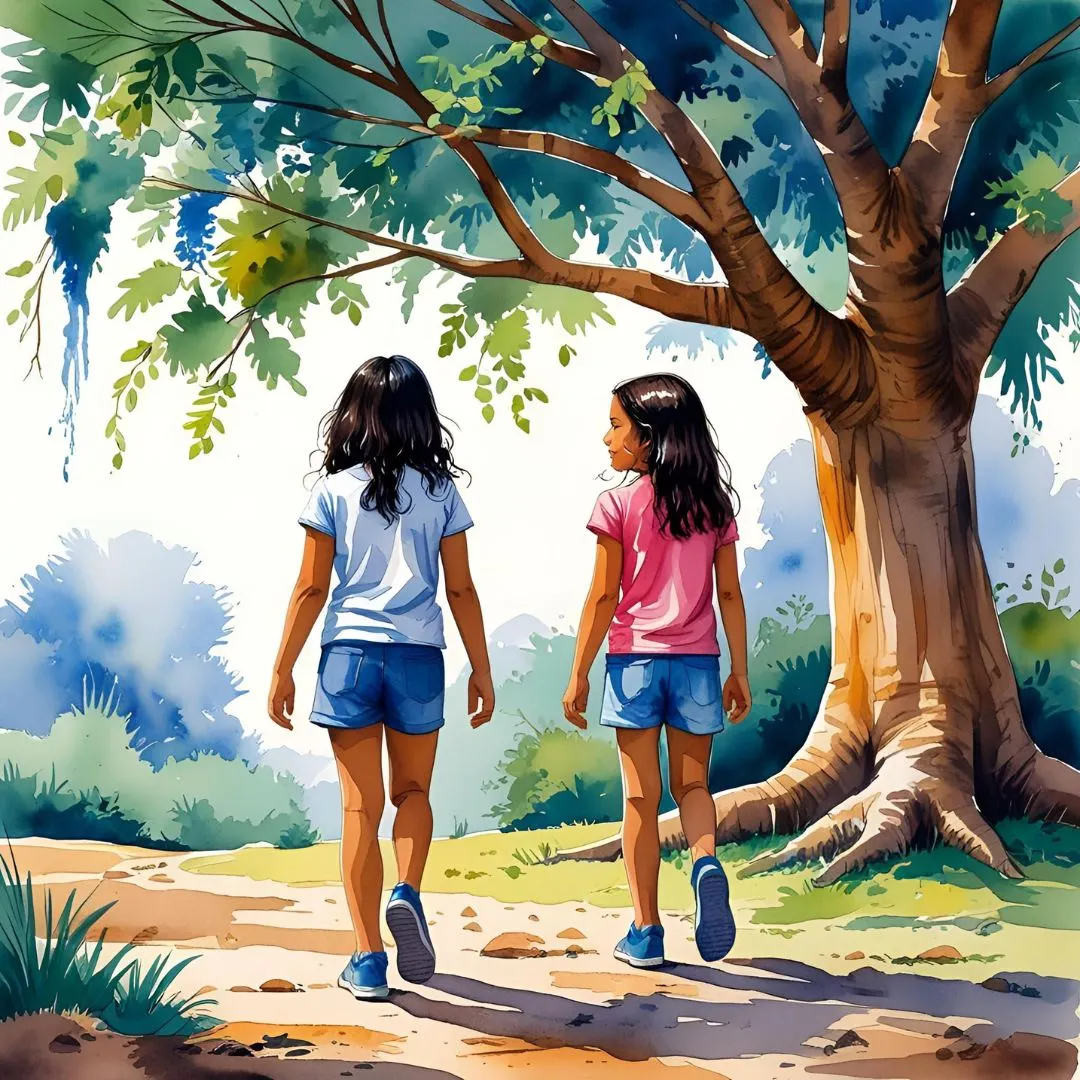
Guided Nature Walks and Exploration
Guided nature walks are a great way to keep the story going after a storytelling session. After the stories, you can take the children on a walk through the blooming trails in the park. Point out the flowers and small animals that are like the ones from the stories they just heard.
During this time, a librarian may lead you on a small path to a hidden pond. Here, children try to find things like a little turtle or bright wildflowers. Ask them to talk about what they see and how it connects to the tale. This helps stories feel real because children get to see what was in the story right in front of them.
Let parents know about these walks with an email. This will get more people involved and make things more exciting. A guided nature walk brings the story out into the world, making it much easier for young people to have a love for stories and for nature. They will leave the session with new interests and questions about the world around them.
Storytelling Techniques Outdoors
Telling stories outside requires you to try new ways. Use the sounds the wind makes and let kids touch the green grass. This helps them feel more into the story. All these things around make the setting fill with sounds, touch, and sights.
You can add in things that let the kids do or handle things while they listen. Bring in a few props that go with the story, or copy animal sounds. These ideas help keep the kids' attention. Mixing these story moments with nature things to do, like feeling the green grass, helps everyone have a good time. It makes the story time special and one to remember.
Using Natural Elements to Enhance Stories
Natural places can be magical for telling stories. You can use things like green grass or leaves moving in the wind to make a scene stand out. These natural pieces help children feel closer to the story.
For instance, when telling the tale of a little turtle moving through a field, kids understand the story better if they can see or touch green grass nearby. If they hear birds while you speak, they may feel like the birds are a real part of what is happening.
The real-life touches from outside bring more fun to story time. Children will remember both the story and the small things that nature brings to it. When you mix the outdoors with stories, it helps them get connected to the world and makes story time more special.
Interactive Storytelling for Kids
Interactive techniques can make a storytime session lively and fun for everyone. When you add seasonal storytime, you can use things you see around you to help kids get interested. Young listeners like to see and hear what is happening in the story, and this helps them pay attention.
When you add activities, like having kids make animal sounds or clap with rhymes, you help them feel like they are a part of the storytime. If you let people know at registration, they can even bring small things from home to be part of the session. This planning helps kids be active during storytime.
A good way to keep their energy up is to have a storytime with a simple and clear plan. When you end, you can ask a fun question, like, "What will our little turtle find next time on the green grass?" Moments like these help each child feel noticed. Using these steps at storytime makes the event something children will not forget. It helps build their interest and keeps them coming back for more.
Related Articles :
World Book Day for Kids: Sparking a Love for Reading
Master Vocabulary Acquisition Strategies for Young Learners
Nurturing Bonds Through Mother's Day Reading
Prenatal Soundscapes: Building Neural Networks Through Womb Acoustics
Conclusion
Nature’s Story Time gives children a special mix of stories and time outside. When kids listen to exciting stories and then go on nature walks or do fun hands-on things, they do not just enjoy the stories—they start to feel closer to the world around them. Being out in the fresh air makes the stories even more amazing. The group uses ways to tell stories that help kids join in and use their imagination. This wonderful time can help children grow a love for books and for nature that can last for years. We hope to see you at Nature’s Story Time soon, so you can see the smiles on the little ones' faces.
Don’t let this chance pass by—sign up today for a day of stories and fun you will not forget!
Frequently Asked Questions
What are the Best Types of Stories for Outdoor Settings?
Stories with parts about nature are best told outside. Fun stories about animals, weather, or the earth help kids feel close to their world. These stories make them curious about plants, animals, and the places they live in. The outdoor setting makes the stories even better.
What types of stories are best suited for storytelling sessions in nature?
Choose stories that are about animals, trees, and how seasons change. Books that focus on adventures in forests or nearby natural places are a good pick. These themes help children get to know their environment better. They also make them want to go outside and discover more about the world around them.
How can storytelling enhance a child's connection to the natural world?
Storytelling mixes made-up stories with real things we see around us. When kids hear stories like “the little turtle” or about flowers that bloom, they start to look at nature in a new way. This makes them more curious and helps them care for the world.
What are some tips for creating an engaging storytelling environment outdoors?
Pick shady spots that have lots of natural sounds, like a local park. Use things that connect to stories about nature. Get kids involved by giving them things to do. Try to add the place to the story. For example, talk about the “green grass” to help make the story feel real.
Are there specific themes or morals commonly found in nature-inspired tales?
Yes, stories inspired by nature often focus on growth, harmony, and the importance of caring for the world. Many of these tales share the idea that people should show empathy, as well as be responsible for the environment, and stay curious about how life changes. They also help us learn some good life lessons. Additionally, these stories help people appreciate and enjoy the beauty of nature.
Reference
https://egpl.bibliocommons.com/item/show/3837528192
https://egpl.bibliocommons.com/item/show/2918379192
https://egpl.bibliocommons.com/item/show/3691241192
https://egpl.bibliocommons.com/item/show/4506730192
https://storytimeinthestacks.com/2020/09/18/flannel-friday-some-big-dark-clouds/
https://kcls.org/content/tall-as-a-tree/

Written with Augmented Intelligence and SHiNER The Human



